Base
| Name | Grid Cloth |
| Bio | Looking at the light source itself through the diffusion we can clearly see how a combination of direct light and diffuse light creates a harder source (as in the Spun and Opal options). As the definition of the original light source becomes increasingly obfuscated by the diffusion material, the overall size of the source increases and the quality of light is softened substantially. The Tough Spun has very interesting properties. As it is a fine pattern of thin threads, there are clear spots along the material where direct light can shine through. This means that it produces a combination of both hard and diffuse light. You can see this illustrated in the images of the geometric shapes from our test, as both the umbra and penumbra of the shadows are well-defined. “Tough Spun doesn’t really change the shadow transfer value [from that of a hard-light source],” notes Williams. “The shadows are still sharp, with just a reduction in contrast. All three of the Tough Spun strengths have this same behavior. This effect is clearest in the heaviest of the three, Full Tough Spun, where the penumbra has a clean, hard line, and the umbra of the shadow, although diminished, is still clearly defined. The Light Opal, on the other hand — as minimal an effect as it might have — starts to produce a breakdown in the definition of the penumbra, denoting more softness to the light. “It was very interesting to me that the Tough Spun lent a texture to the light, a lot like a cookie or a celo cookie,” Williams continues. “It’s subtle, but it does project a pattern onto the subject.” As with any projected pattern, the farther away the pattern-producing material is from the light source, the better-defined the pattern will be on the subject. The amount of diffusion increases with 1⁄4 216, which, we can see, produces very similar effects in terms of shadow quality to 1⁄2 216 and 1⁄4 Grid Cloth. Full Grid Cloth and 216 also produce very similar effects to one another, although Full Grid Cloth offers more diffusion of the light, as can be seen in the more diffuse penumbra; the definition of the shape is almost completely gone. To further understand how diffusion works, we need to take a look at the material itself and see our light source behind it. The quality of light is created by the size of the light source relative to the subject, but if our diffusion material isn’t wholly opaque and we can still see some of the original source behind that material, then the actual fixture — in addition to the “new” light source created by the diffusion — has an effect on the overall quality of light. This is how lighter diffusions, even at the same size and placed at the same distance to the subject, create light that is less soft than what results from heavier diffusions — because they effectively combine the scattered light of the new apparent light source with the direct light of the original source, which is farther away and smaller. Its very important to know how to choose fiberglass cloth Polyester glass fiber cloth is a new kind of glass fiber composite anti crack material, which is composed of 60% glass fiber and 40% polyester fiber. This unique combination provides the strength of glass fiber and the flexibility of polyester fiber, but has no disadvantages of raw materials. Then, I will introduce the characteristics of fiberglass cloth for you to choose and identify. Polyester fiberglass cloth is a kind of geotextile woven from high temperature resistant polyester filament or staple fiber, which is compounded with fiberglass grid or warp knitted grid. Glass fiber cloth will have a lot of small broken fibers, which will swell up when pricked on the body. The proportion of glass fiber is generally 2.6, which should be heavier. In other words, the handle of glass fiber cloth will be harder, especially the glass fiber of tank kiln. It can be seen that both ends of the broken end roll of alkali free glass cloth are light blue-green. The heat conduction speed of glass fiber should be faster than that of chemical fiber Fiber cloth is not as dense as ordinary fiber, and looks loose. Glass fiber grid has no water-proof function, its grid can form the inlay and extrusion effect with asphalt mixture, but it is difficult to fix in use, easy to expand and not fit, and even affects the normal paving and reinforcement effect of asphalt mixture; geotextile can prevent underwater seepage, but when the paving temperature of hot asphalt mixture exceeds 160 ℃, the strength and creep resistance of geotextile are poor, so it can not play the role of reinforcement Anti cracking effect of reinforcement. Polyester fiberglass cloth overcomes the shortcomings of the two, and can be recycled after crushing. When milling, it will be crushed into very small fibers to improve the performance of rap. In the process of urban road construction, it is necessary to deal with the joint of new and old roads, the transverse crack of semi-rigid water stable base, the white to black cement concrete pavement, to prevent the reflection crack of cement concrete pavement, all of which need to use polyester glass fiber cloth to ensure the project quality. Polyester fiberglass cloth combines the characteristics of both, customer service on the shortcomings of the positive development and design, this product can meet the strict requirements of the project. High-Performance Fiber Technology High-performance fibers are those that are engineered for specific uses that require exceptional strength, stiffness, heat resistance, or chemical resistance. There exist a wide variety of fibers with widely ranging properties. Carbon fiber is one of the most important high-performance fibers for military and aerospace applications. Carbon fiber is engineered for strength and stiffness, but variations differ in electrical conductivity, thermal, and chemical properties. The primary factors governing the physical properties are the degree of carbonization (or the carbon content, usually greater than 92 percent by weight), the orientation of the layered carbon planes, and the degree of crystallization. Commercial carbon fibers are made by extrusion of some organic precursor material into filaments, followed by a carbonization process to convert the filaments into carbon. Different precursors and carbonization processes are used depending on the desired product properties. Precursor fibers can be specially purified rayon, pitch, or acrylics. The precursor fiber may also be converted into fabric form, which is then carbonized to produce the end product. High-performance organic fibers have also become very important in recent years. Aramids are among the best known of the high-performance, synthetic, organic fibers. Closely related to the nylons, aramids are polyamides derived from aromatic acids and amines. Because of the stability of the aromatic rings and the added strength of the amide linkages, aramids exhibit higher tensile strength and thermal resistance than the aliphatic polyamides (nylons). The para-aramids (p-aramids, based on terephthalic acid and p-phenylenediamine, or p-aminobenzoic acid, exhibit higher strength and thermal resistance than those with linkages in the meta positions of the benzene ring. The greater degree of conjugation and more linear geometry of the para linkages, combined with the greater chain orientation derived from this linearity, are primarily responsible for the increased strength. The high impact resistance of the para-aramids makes them popular for “bullet-proof” body armor. For many less demanding applications, aramids may be blended with other fibers. Lightweight mesh Lightweight meshes (LWM) have shown benefits compared to heavyweight meshes (HWM) in terms of less postoperative pain and stiffness in open inguinal hernia repair. It appears to have similar advantages also in TEP, but concerns exist if it may be associated with higher recurrence rates. The aim of the study was to compare reoperation rate for recurrence of LWM to HWM in laparoscopic totally extra-peritoneal (TEP) repair. Methods All groin hernias operated on with TEP between 1 January 2005 and 31 December 2013 at surgical units participating in The Swedish Hernia Register were eligible. Data included clinically important hernia variables. Primary endpoint was reoperation for recurrence. Median follow-up time was 6.1 years (0–11.5) with minimum 2.5 years postoperatively. Results In total, 13,839 repairs were included for statistical analysis and 491 were re-operated for recurrence. Multivariate analysis demonstrated significantly increased risk of reoperation for recurrence in LWM 4.0% (HR 1.56, P < 0.001) compared to HWM 3.2%. This was most evident in direct hernias (HR 1.75, P < 0.001) and in hernia repairs with a defect > 3 cm (HR 1.54, P < 0.021). The risk of recurrence with use of LWM in indirect hernias and in hernia repairs with a defect < 1.5 cm was more comparable to HWM. Conclusions Lightweight meshes were associated with an increased risk of reoperation for recurrence compared to HWM. While direct hernias and larger hernia defects may benefit from HWM to avoid increased recurrence rates, LWM is recommended to be used in indirect and smaller hernia defects in TEP repair. How to Work with Fiberglass Tape Fiberglass mesh tape is easier to use than paper tape. Paper tape needs to be pressed into a layer of compound and the excess compound removed. The trick is that you must remove surplus compound without wrinkling the tape or removing so much that the tape buckles because you’ve created dry spots. Faced with all of those paper tape challenges, you’ll probably agree that fiberglass tape is worth its extra cost. When you buy fiberglass tape, ensure that the package indicates it’s self-adhesive. While the nonadhesive version is scarce, getting a roll could be an unpleasant surprise. Be sure you keep a sharp utility knife blade available to cut fiberglass tape. A dull blade will merely skip over the fabric or snag the threads. If you’re tackling a big project, consider getting a tape dispenser. It’s a speedy helper for both flat seams and inside corners.
|


